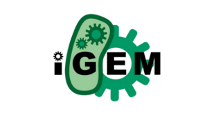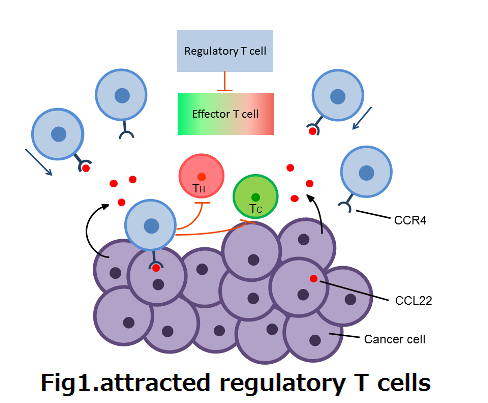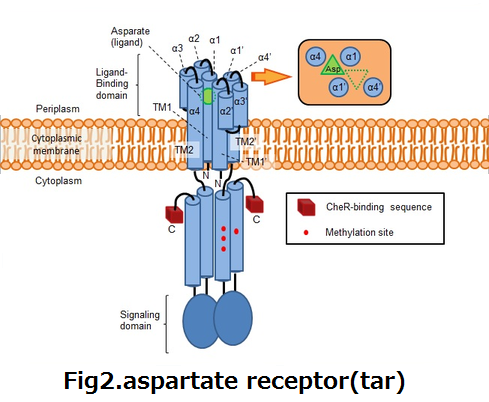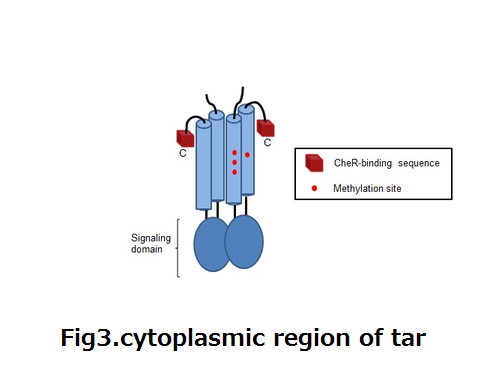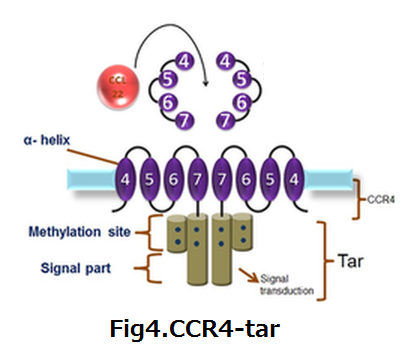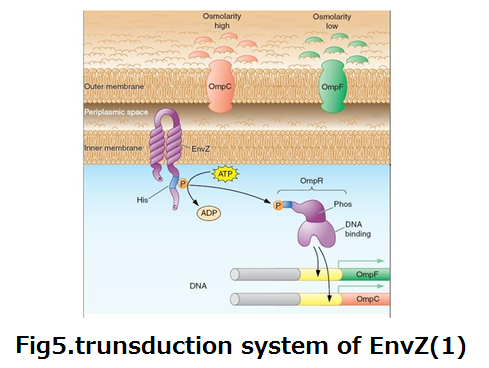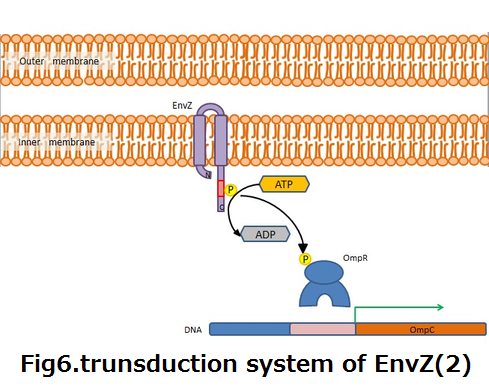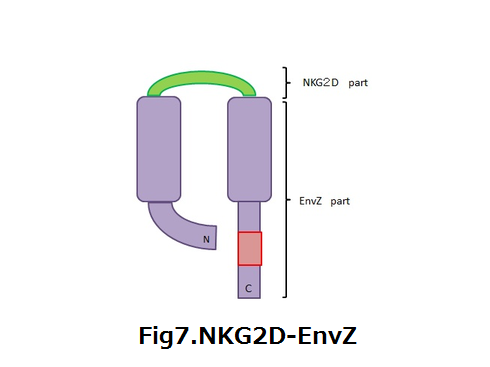Team:KAIT Japan/Project
From 2012.igem.org
(Difference between revisions)
(→E.coli which kill cancer cells.) |
|||
| Line 64: | Line 64: | ||
<big>'''2.The immune system to cancer cells'''</big> | <big>'''2.The immune system to cancer cells'''</big> | ||
| - | [[file:KAIT_JAPAN-Project-emvz-06.png|right|]] | + | [[file:KAIT_JAPAN-Project-emvz-06.png|right|366px]] |
:Our immune system have an ability to kill cancer cells with complex process. The system is called immunological surveillance. Cancer cells make cancer-associated antigen which was not expressed by nomal cells. If the antigen is expressed with MHC classⅠ, killer T cells eliminate cancer cells by recognizing MHC classⅠ. | :Our immune system have an ability to kill cancer cells with complex process. The system is called immunological surveillance. Cancer cells make cancer-associated antigen which was not expressed by nomal cells. If the antigen is expressed with MHC classⅠ, killer T cells eliminate cancer cells by recognizing MHC classⅠ. | ||
:However cancer cells attract regulatory T cells to avoid lymphocytes attacking.Regulatory T cells have receptor called CCR4 which accept chemokine 22(CCL22) which was secreted by cancer cells. | :However cancer cells attract regulatory T cells to avoid lymphocytes attacking.Regulatory T cells have receptor called CCR4 which accept chemokine 22(CCL22) which was secreted by cancer cells. | ||
| Line 82: | Line 82: | ||
::CCR4 is G protein?coupled receptor (GPCR) from human. E.coli don’t have chemotaxis to CCL22 even though we make E.coli express CCR4 because of diffrent of signal transduction. So, we focus on aspartate receptor (Tar). Tar is chemotaxis receptor of E.coli. which cause chemotaxis to aspartic acid. We design the part which consist of transmembrane (Helical1~7) of CCR4 and cytoplasmic of tar. We call this part CCR4-Tar. When this part combine CCL22, E.coli go to cancer cells.(fig2,3,4) | ::CCR4 is G protein?coupled receptor (GPCR) from human. E.coli don’t have chemotaxis to CCL22 even though we make E.coli express CCR4 because of diffrent of signal transduction. So, we focus on aspartate receptor (Tar). Tar is chemotaxis receptor of E.coli. which cause chemotaxis to aspartic acid. We design the part which consist of transmembrane (Helical1~7) of CCR4 and cytoplasmic of tar. We call this part CCR4-Tar. When this part combine CCL22, E.coli go to cancer cells.(fig2,3,4) | ||
| - | <p>[[file:KAIT_JAPAN-Project-emvz-04.png|left|]] | + | <p>[[file:KAIT_JAPAN-Project-emvz-04.png|left|366px]] |
| - | [[file:KAIT_JAPAN-Project-emvz-05.png|center|]]</p> | + | [[file:KAIT_JAPAN-Project-emvz-05.png|center|366px]]</p> |
:<p><div align="left"><div style="margin-left:120px">'''fig2'''</div></div><div align="right"><div style="margin-right:300px">'''fig3'''</div></div></p> | :<p><div align="left"><div style="margin-left:120px">'''fig2'''</div></div><div align="right"><div style="margin-right:300px">'''fig3'''</div></div></p> | ||
| - | [[file:KAIT_JAPAN-Project-emvz-07.png|right|]] | + | [[file:KAIT_JAPAN-Project-emvz-07.png|right|366px]] |
| Line 118: | Line 118: | ||
| - | <p>[[file:KAIT_JAPAN-Project-emvz-01.png|left|]] | + | <p>[[file:KAIT_JAPAN-Project-emvz-01.png|left|366px]] |
| - | [[file:KAIT_JAPAN-Project-emvz-02.png|center|]]</p> | + | [[file:KAIT_JAPAN-Project-emvz-02.png|center|366px]]</p> |
:<p><div align="left"><div style="margin-left:120px">'''fig5'''</div></div><div align="right"><div style="margin-right:300px">'''fig6'''</div></div></p> | :<p><div align="left"><div style="margin-left:120px">'''fig5'''</div></div><div align="right"><div style="margin-right:300px">'''fig6'''</div></div></p> | ||
| - | [[file:KAIT_JAPAN-Project-emvz-03.png|right|]] | + | [[file:KAIT_JAPAN-Project-emvz-03.png|right|366px]] |
Revision as of 21:40, 26 September 2012
|
|
|
|
|
|
|
|
|
|
E.coli which kill cancer cells.http://partsregistry.org/wiki/images/1/1d/Biosafety_Level1.png Biosafety Level 1
|
 "
"

